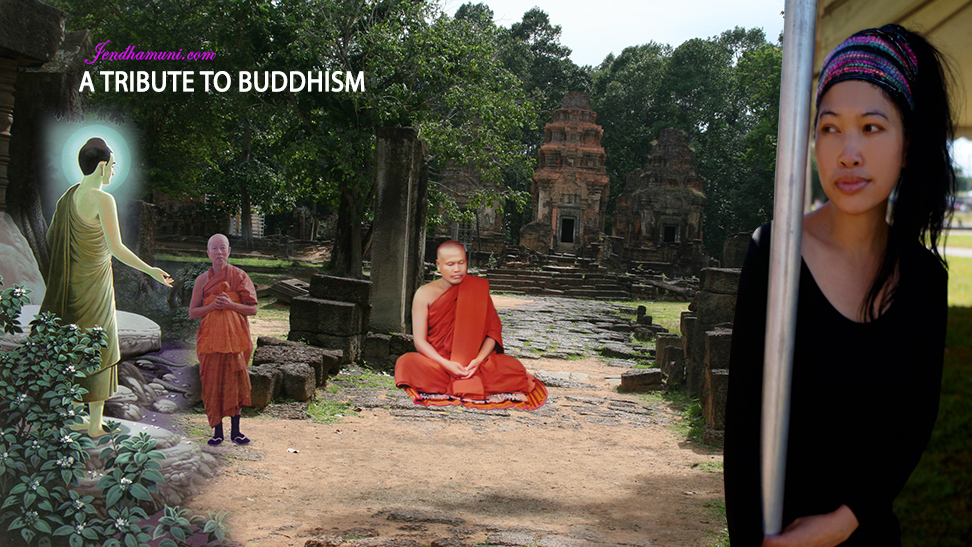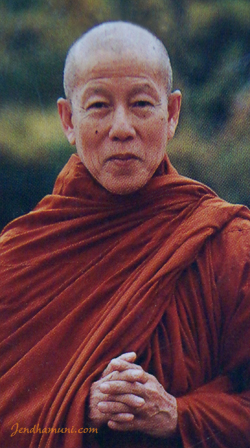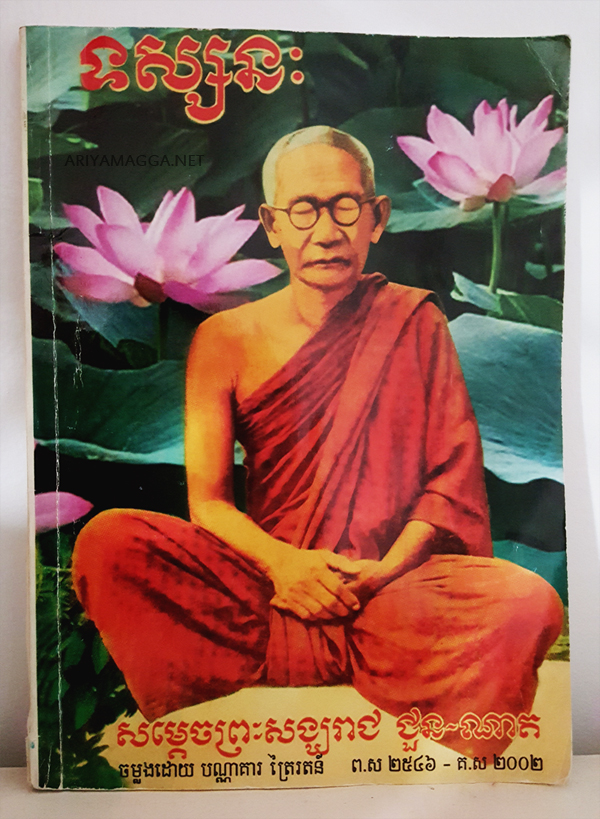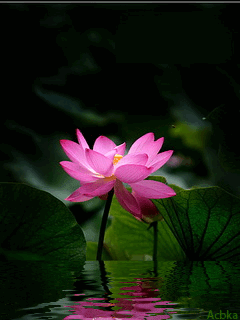Ananda Pagoda, Pagan
61. Ananda Pagoda, Pagan
Once upon a time, eight Arahants came to the palace of King Kyanzittha ( also known as Hti-hlaing-shin ) at Pagan and stood for alms. The King took the bowls and offered them meals. He then asked them “Where have you come from, Reverend Sirs?” The Arahants replied. “We have come from Gandamadana Mountain”. The King was very pleased and had great faith in them, and built for them a monastery for their residence during the rainy season. He also invited them to come to the palace every morning and have their meals there during the full three months of the rainy season, and fed them regularly.
One day, the King asked the Arahants to make a cave, by using their superhuman power, in the likeness of the Nandamula Cave which stands at Gandamadana Mountain in the Himalayas. The Arahants complied with his request and fashioned a cave exactly like the one there. The King built a huge cave-temple in Pagan resembling in appearance the Nandamula Cave, and called it Nanda. It is now known as Ananda Pagoda, built in 452 Burmese Era. (1192 C.E.). It is famous all over the world as the best specimen of Myanmar (Burmese) architecture.
THE ILLUSTRATED HISTORY OF BUDDHISM
by ASHIN JANAKA BHIVAMSA (Aggamahapandita)
Artist: U Ba Kyi | Link to this post


















